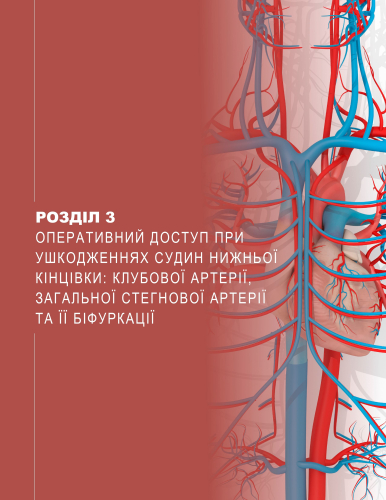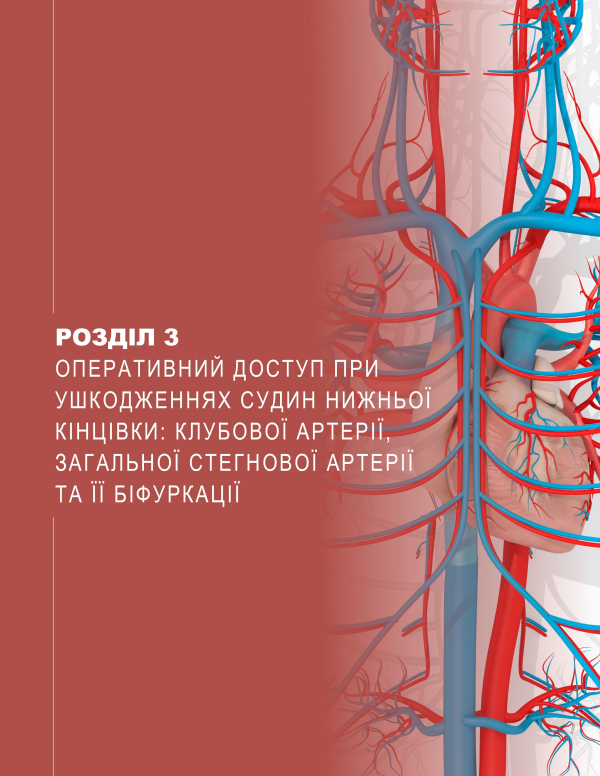Support the development of the TCCC project in Ukraine
- Learning Objectives
- General Considerations
- Prepping and Positioning
- Exposure of the Iliac Artery And Vein
- Common Iliac
- External Iliac
- Potential Pitfalls to the Retroperitoneal Approach
- Common Femoral Artery and Vein
- Exposure
- Profunda and Proximal Superficial Femoral Artery
- Anatomy
- Exposure of the SFA and PFA
- Potential Pitfalls to Exposure of the Femoral Vessels



















